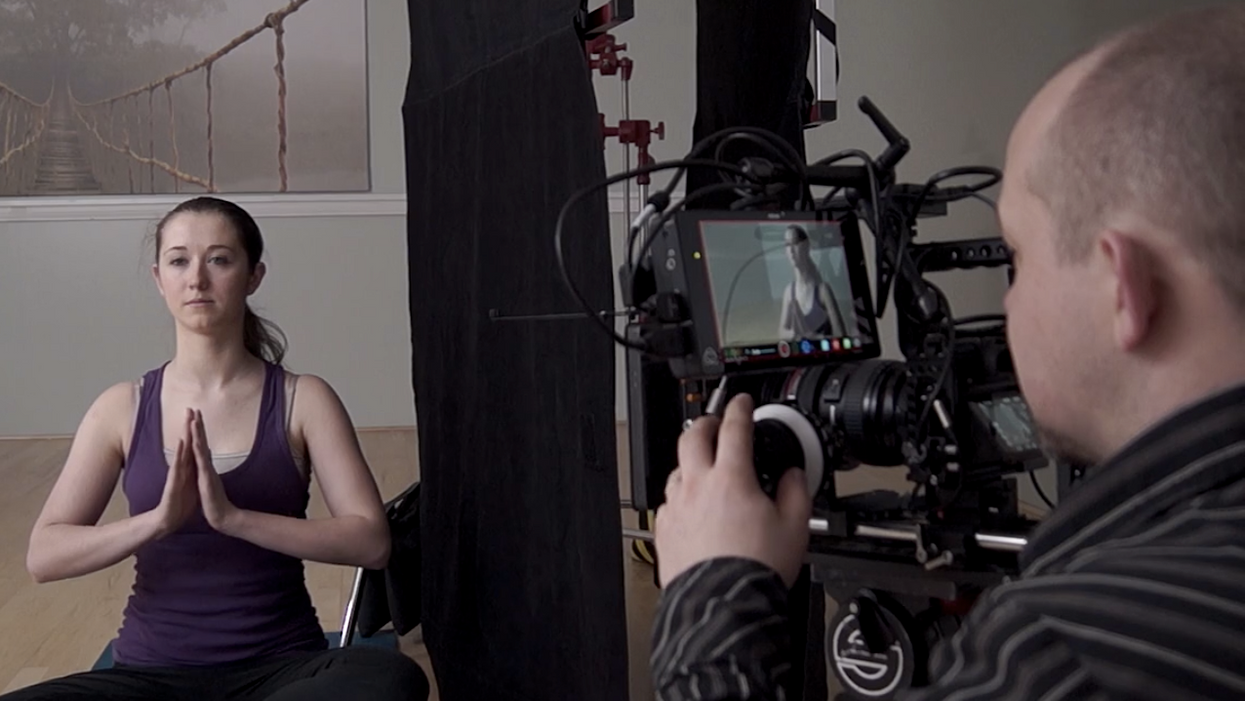Negative Fill Can Add Dimension & Contrast to Your Shots, & It's Easy on Your Wallet
When contrast is the objective, reflected ambient light is your arch enemy. But worry not, because negative fill is here to save the day.

When talking about lighting, the conversation more often than not revolves around additive lighting. It's a simple concept: add a soft fill, a bright kicker, and a few splashes of light across the background, and your scene will automatically look better and more professional. However, it's important to remember that contrast is an essential element of good lighting, because it's one of a few visual mechanisms which allow us to perceive three dimensional depth in a two dimensional medium. Not to mention that high contrast visuals are generally viewed as more aesthetically pleasing than their low contrast counterparts.
So, if contrast is so important, why do we focus so much on adding light to our scenes to make them look better? That's where subtractive lighting comes into play. By taking light away instead of adding it, we can create more meaningful and purposeful contrast in our scenes, thus adding depth and creating a sense of visual dynamism. One of the most popular methods of subtractive lighting is negative fill. Here's cinematographer Ryan E. Walters of Indie Cinema Academy to explain how it works.
While negative fill can be helpful in interior situations, especially with locations with bright walls and lots of reflective surfaces, it's most useful when shooting exteriors. Natural light is immeasurably complex, because every surface in the natural and manmade world reflects, refracts, or absorbs light to some degree. Essentially, when you're outside during the day, most of the light you're seeing is sunlight being reflected in a bajillion zillion ways. Hence the reason that using negative fill is crucial for adding contrast to your exterior lighting. Blocking out some of those natural ambient reflections is far easier than trying to overpower them with additional additive light.
The best part of utilizing negative fill techniques is that it's incredibly inexpensive to do so, especially compared to how absurdly expensive every other aspect of cinematography seems to be these days. While a 4x4 floppy on a C-Stand is the ideal way to achieve and manipulate negative fill, you can achieve the exact same thing with a sheet of duvetyne (or a black bedsheet) held up by a pair of light stands or a begrudging PA. Really, anything with a black matted surface will work like a charm.
Source: Indie Cinema Academy











